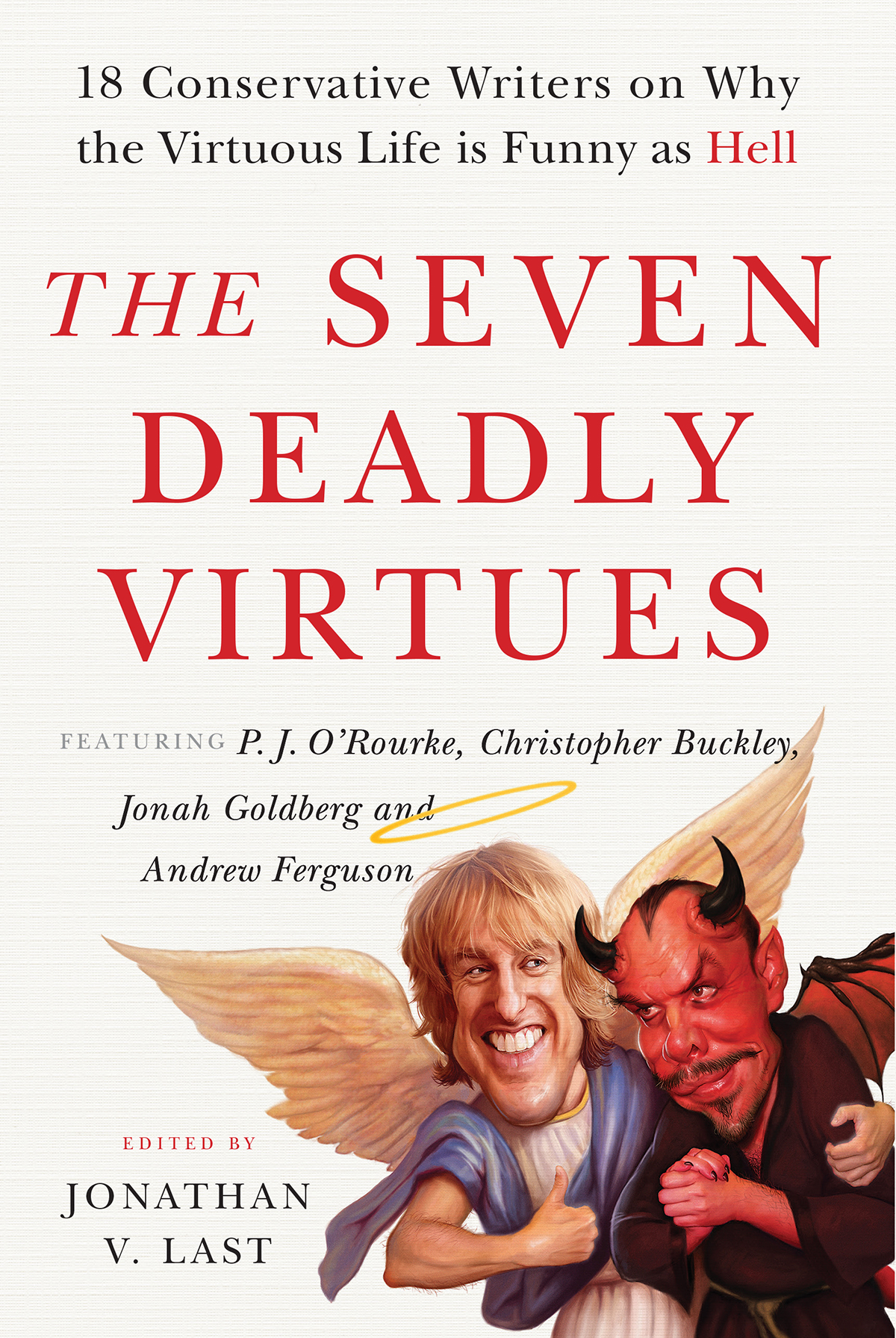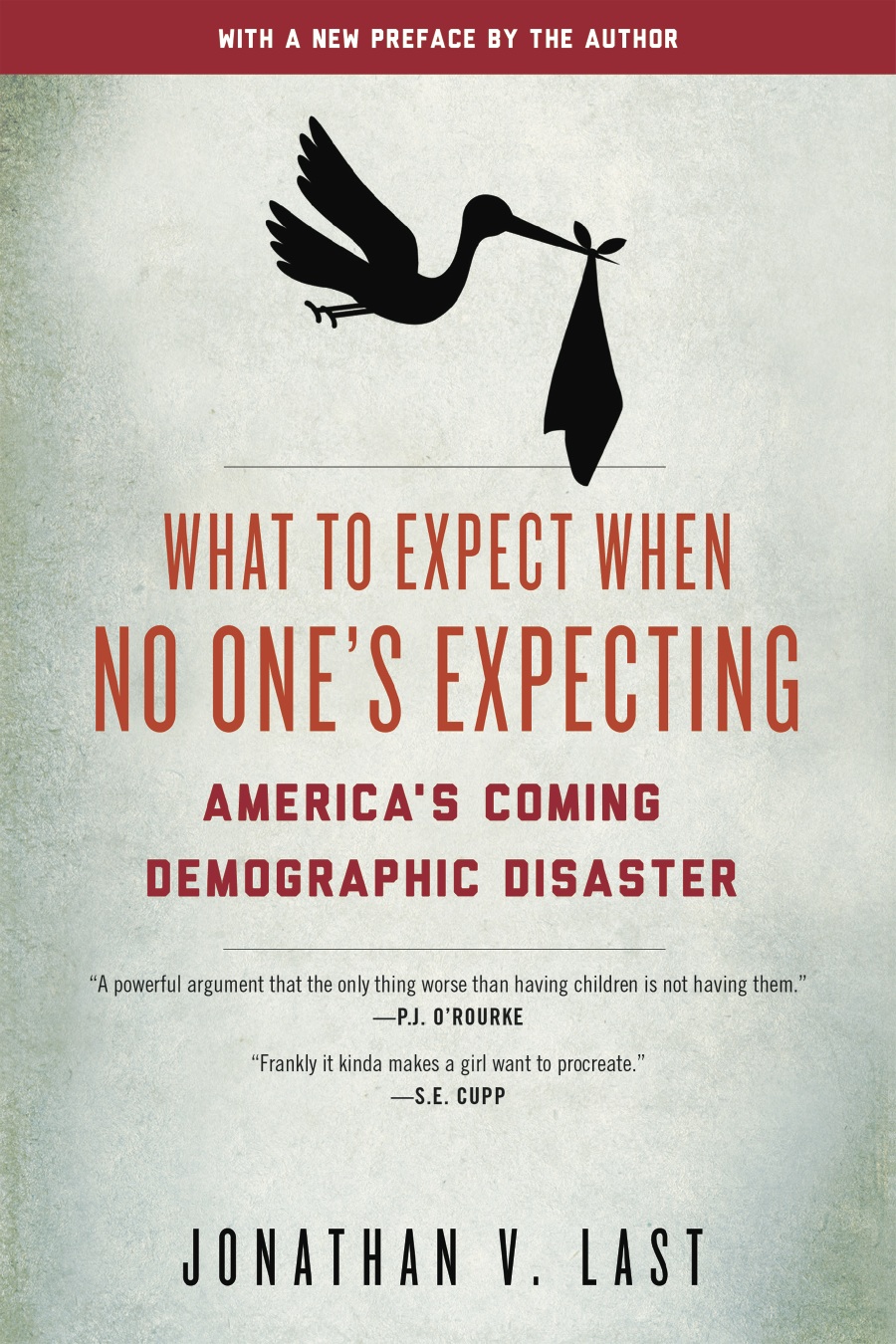January 27th, 2010
Galley Brother B.J. sends along this excellent story about a 7th Circuit ruling on a Wisconsin prison’s rule prohibiting Dungeons & Dragons play by inmates:
The prison’s rationale for the ban is that playing D&D might stimulate “gang activity” by inmates. But the government conceded that there is no evidence that Dungeons and Dragons actually had stimulated gang activity in the past, either in this prison or elsewhere. The only evidence for the supposedly harmful effects of Dungeons and Dragons were a few cases from other states where playing the game supposedly led inmates to indulge in “escapism” and become divorced from reality, one case where two non-inmates committed a crime in which they “acted out” a D&D story-line, and one where a longtime D&D player (not an inmate) committed suicide. Obviously, almost any hobby or reading material might lead people to become divorced from reality, or in rare cases commit suicide. And disturbed individuals could potentially “act out” a crime based on a scenario in almost any film or literary work. Should prisons ban The Count of Monte Cristo on the grounds that it might encourage escape attempts? Moreover, the “escapism” rationale conflicts with the gang argument. People who become engrossed in escapism and retreat from society are presumably less likely to become active gang members.
That said, the Seventh Circuit decision may well be legally correct. It is based on the highly deferential standard under which most prison regulations are to be upheld against constitutional challenge so long as they are “rationally related” to some legitimate goal of prison administration. And, as lawyers know, when courts apply such a “rational basis” test, that usually means that almost anything goes. The test is mandated by Supreme Court precedent, and the Seventh Circuit judges had little choice but to follow it.
Plus, as we all know, a 50-sided die can easily be used as a weapon.
No comments yet, be the first:






